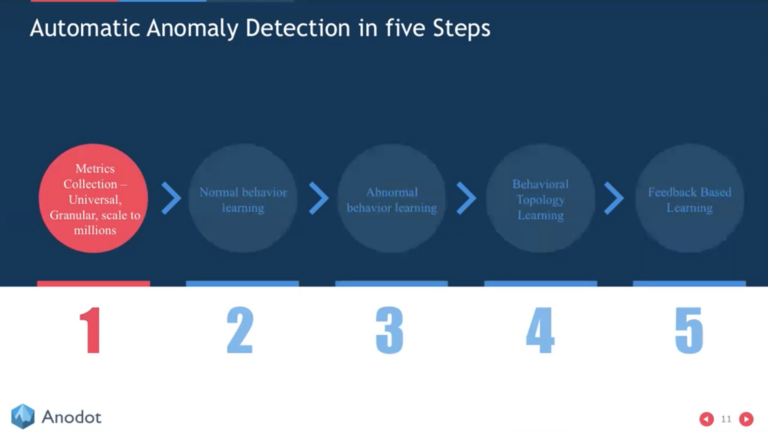Videos & Podcasts
0 min read
Webinar: Real-Time Anomaly Detection & Analytics for Digital Business
Watch to learn how predictive anomaly detection can detect business incidents in real time, and hear how companies are using it to prevent revenue loss.
Watch







